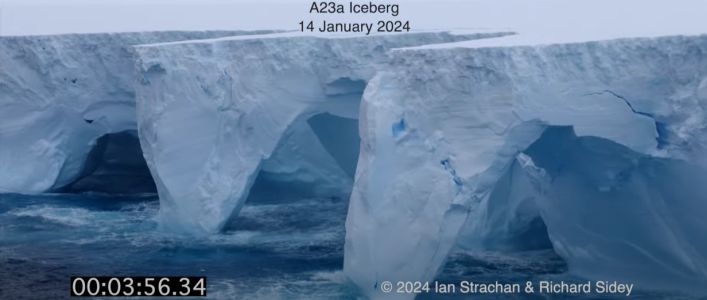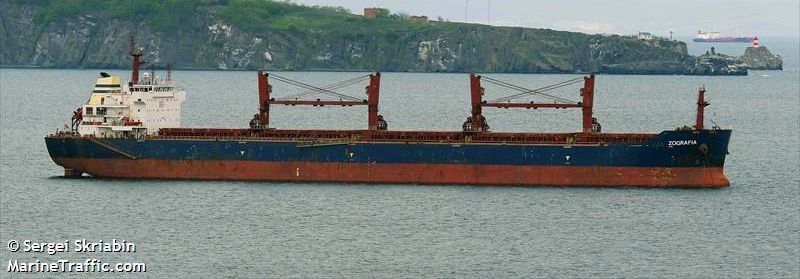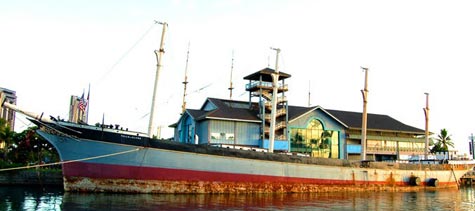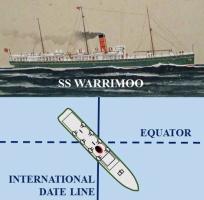 In 1986, a massive iceberg, more than three times larger than New York City, calved off West Antarctica’s Filchner-Ronne Ice Shelf and immediately grounded on the floor of the Weddell Sea, where it remained stuck for almost four decades.
In 1986, a massive iceberg, more than three times larger than New York City, calved off West Antarctica’s Filchner-Ronne Ice Shelf and immediately grounded on the floor of the Weddell Sea, where it remained stuck for almost four decades.
In November, the iceberg, designated A23a, broke free from the sea bottom and began drifting on the Antarctic Circumpolar Current into “iceberg alley”. Satellite images showed the berg, weighing nearly a trillion metric tonnes, drifting quickly past the northern tip of the Antarctic Peninsula, aided by strong winds and currents.
The iceberg, which some scientists are referring to as a “megaberg,” is currently the world’s largest and among the world’s oldest icebergs. As it drifts, it is being eroded by waves and is melting in the relatively warmer waters of the Southern Ocean. The impact of the waves has carved huge arches and caves in the 400-meter-high walls of the iceberg.

 UK Royal Navy minehunter
UK Royal Navy minehunter  A new analysis has concluded that a large, grassy hill in Norway known as the Herlaugshagen burial mound was likely the site of a pre-Viking ship burial. What is fascinating is that the site was excavated three times during the late 18th century and no one found the ship within the mound.
A new analysis has concluded that a large, grassy hill in Norway known as the Herlaugshagen burial mound was likely the site of a pre-Viking ship burial. What is fascinating is that the site was excavated three times during the late 18th century and no one found the ship within the mound. 
 Houthi anti-ship missiles struck two more commercial ships in the Red Sea off Yemen in the last two days. There were no reports of injuries on either ship.
Houthi anti-ship missiles struck two more commercial ships in the Red Sea off Yemen in the last two days. There were no reports of injuries on either ship. An updated repost — a look back at the twin miracles on the Hudson from fifteen years ago today. On January 15, 2009,
An updated repost — a look back at the twin miracles on the Hudson from fifteen years ago today. On January 15, 2009, 


 The
The 
 Toward the end of December, the US Navy’s
Toward the end of December, the US Navy’s 
 This year, the US and Royal navies have fallen short of meeting their recruiting goals, leaving both navies with more ships’ billets than they have personnel to fill them.
This year, the US and Royal navies have fallen short of meeting their recruiting goals, leaving both navies with more ships’ billets than they have personnel to fill them. Way back in 2015, we posted –
Way back in 2015, we posted –  We recently
We recently  The State of Hawaii is moving closer to removing the historic four-masted iron-hulled ship
The State of Hawaii is moving closer to removing the historic four-masted iron-hulled ship  Here is a repost of wonderful sea story suitable for New Year’s Day. It also appears to be more or less true.
Here is a repost of wonderful sea story suitable for New Year’s Day. It also appears to be more or less true.  On Sunday morning, Dec. 31, at 6:30am (local time) the container ship
On Sunday morning, Dec. 31, at 6:30am (local time) the container ship 